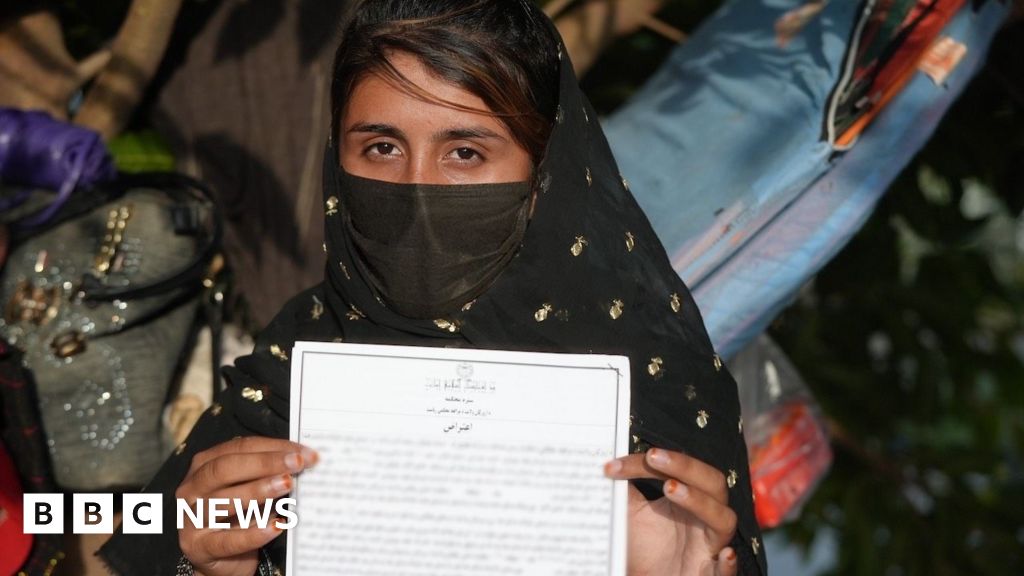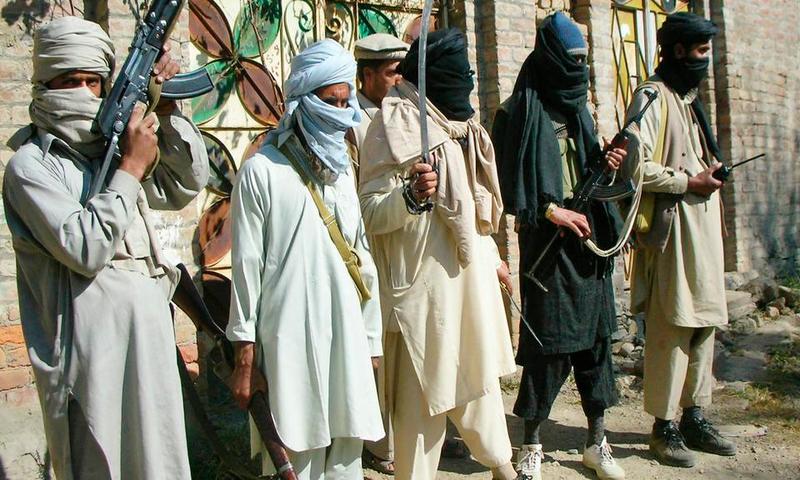ghazi52
THINK TANK: CONSULTANT
- Mar 21, 2007
- 117,079
- 167,265
- Country of Origin

- Country of Residence

World Bank provides over $1.7 billion in aid to Afghanistan
The Frontier Post
KABUL (Amu TV) : The World Bank said in a statement that since the Taliban’s takeover of Afghanistan in August 2021, it has committed more than $1.7 billion in aid to support the Afghan people, with a focus on delivering critical services to women and girls.
According to the World Bank, all funds have been managed outside the control of the Taliban. “The funds remain outside the systems and control of the Taliban interim administration, ensuring that aid is directed toward those in need without bolstering the regime,” the organization emphasized.
Early humanitarian efforts and lifesaving aid
In December 2021, the World Bank made an initial transfer of $280 million from the Afghanistan Resilience Trust Fund (ARTF) to the United Nations Children’s Fund (UNICEF) and the World Food Program (WFP) to address urgent health and nutrition needs during the winter. “This funding was intended to bridge critical gaps in Afghanistan’s humanitarian situation, helping to mitigate the impact of food insecurity and health crises during the harsh winter months,” the World Bank stated.
Expanding support for essential services
Since early 2022, the World Bank and ARTF donors have ramped up efforts to support basic services across Afghanistan, including healthcare, education, food security, and livelihoods. These services have been delivered at scale to communities nationwide, with a particular focus on reaching vulnerable populations. “The Bank’s ongoing support ensures that vital services are provided to millions of Afghans, including those in the hardest-to-reach areas,” according to the organization.
IDA funds and renewed commitment to Afghanistan
In February 2024, the World Bank’s Board of Directors approved the provision of International Development Association (IDA) grants to complement ARTF financing, extending support for essential services. These grants, like the ARTF funds, will be channeled directly to U.N. agencies and other international organizations, bypassing the Taliban government. “Our commitment to the Afghan people remains strong. IDA grants will be provided outside the Taliban control to ensure transparency and effectiveness,” the World Bank confirmed.
Additionally, the Board endorsed the resumption of the Central Asia-South Asia Electricity Transmission and Trade Project (CASA-1000), which aims to deliver clean energy to Pakistan via Afghanistan. “The project will be carefully managed to ensure that payments and revenues are handled independently of Taliban interim administration control,” the World Bank stressed.
Key projects focused on women and vulnerable groups
The World Bank’s Afghan portfolio prioritizes projects aimed at improving the lives of women, girls, and vulnerable populations. The Afghanistan Community Resilience and Livelihoods Project, launched in April 2022, seeks to create income opportunities for one million households and provide utilities such as clean water and sanitation to 9.3 million people across the country. “Special attention is given to women, internally displaced persons, and people with disabilities, ensuring that they receive the support they need,” the Bank explained.
The Afghanistan Health Emergency Response Project, approved in May 2022, focuses on providing critical healthcare services to women and children. “This project aims to fully immunize 2 million children and provide access to maternal health services for 1.2 million women, safeguarding basic healthcare during a time of extreme hardship,” according to the World Bank.
Fighting food insecurity and enhancing water access
Recognizing the growing threat of food insecurity, the World Bank launched the Afghanistan Emergency Food Security Project in June 2022, targeting smallholder farmers and vulnerable communities. “This project is crucial in preventing further deterioration in food security, particularly for households headed by women and those with children or chronic illnesses,” the World Bank noted.
In June 2023, the Afghanistan Water Emergency Relief Project was launched to address water shortages in drought-affected provinces, aiming to improve access to safe drinking water and irrigation for 1.2 million people. “This project prioritizes rural communities, including women and girls, in the 16 provinces hardest hit by drought,” the Bank said.
Supporting education and microfinance
Education is another critical focus, with the Education Emergency Response in Afghanistan (EERA) Project launched in September 2022. “EERA aims to increase access to education for boys and girls, particularly those who have been out of school, including adolescent girls,” the World Bank highlighted. The project is addressing barriers to education by improving learning conditions and providing essential materials, sanitation facilities, and boundary walls in schools, which are crucial for girls’ attendance.
The World Bank is also revitalizing Afghanistan’s microfinance sector through the Empowering Microfinance and Enterprises for Resilience and Growth (EMERGe) Project, which was approved in March 2024. “By providing financial support and business development services, this project will help women-led businesses transition from informal savings groups to formal credit channels, creating new opportunities for growth,” the Bank said.
Regional impact and private sector support
Beyond direct aid, the World Bank’s International Finance Corporation (IFC) has invested in Afghanistan’s private sector, focusing on empowering women entrepreneurs and supporting small businesses. “Through equity investments and advisory services, the IFC is fostering financial inclusion and building capacity in Afghanistan’s banking and business sectors,” the Bank stated.
The Afghanistan Private Sector Development Program, launched in 2023, seeks to strengthen entrepreneurship and support women-owned businesses. “The program includes platforms for public-private dialogue and advocates for better conditions for small and medium-sized enterprises,” the World Bank explained.
A broader vision for Afghanistan’s future
In addition to these projects, the World Bank is undertaking a wide range of research and analytical work on Afghanistan’s economy and society through its Afghanistan Futures program. “Our research aims to inform international policy discussions and guide future assistance efforts, ensuring that aid is both targeted and effective,” the Bank stated.
Through these coordinated efforts, the World Bank remains committed to supporting the Afghan people in the face of ongoing challenges. “Our focus is on ensuring that critical services reach those in need, with particular attention to women and vulnerable groups, while working closely with international partners to deliver aid efficiently and transparently,” the Bank concluded.



